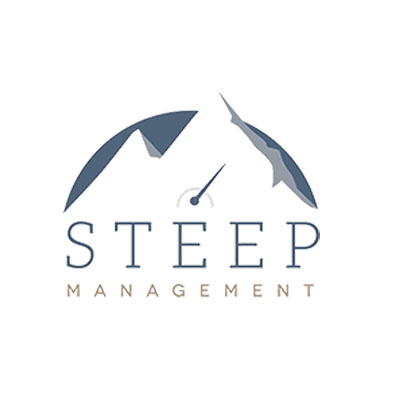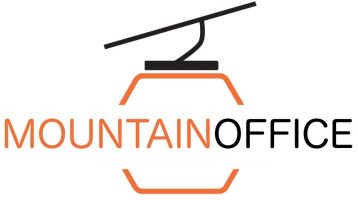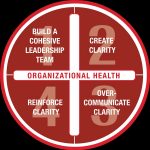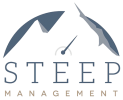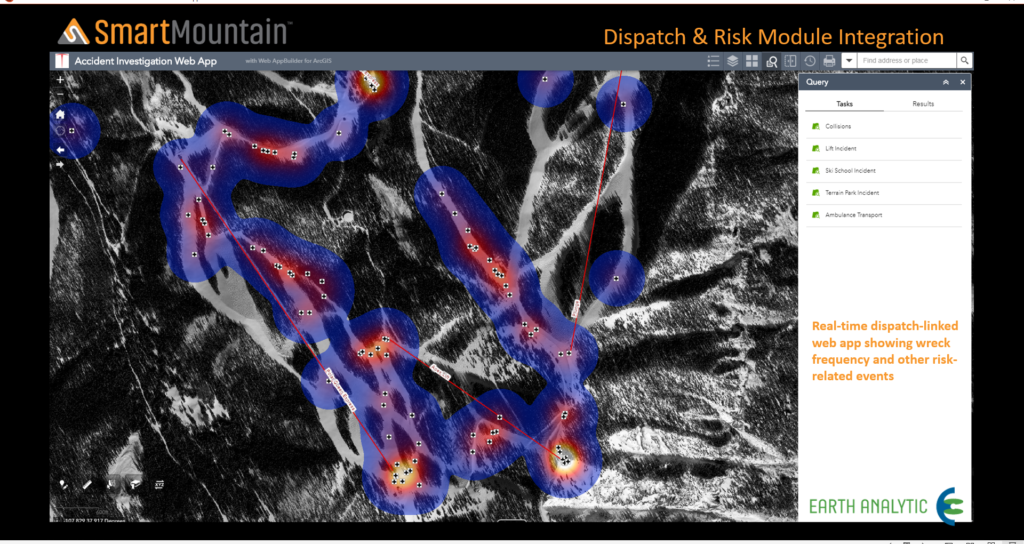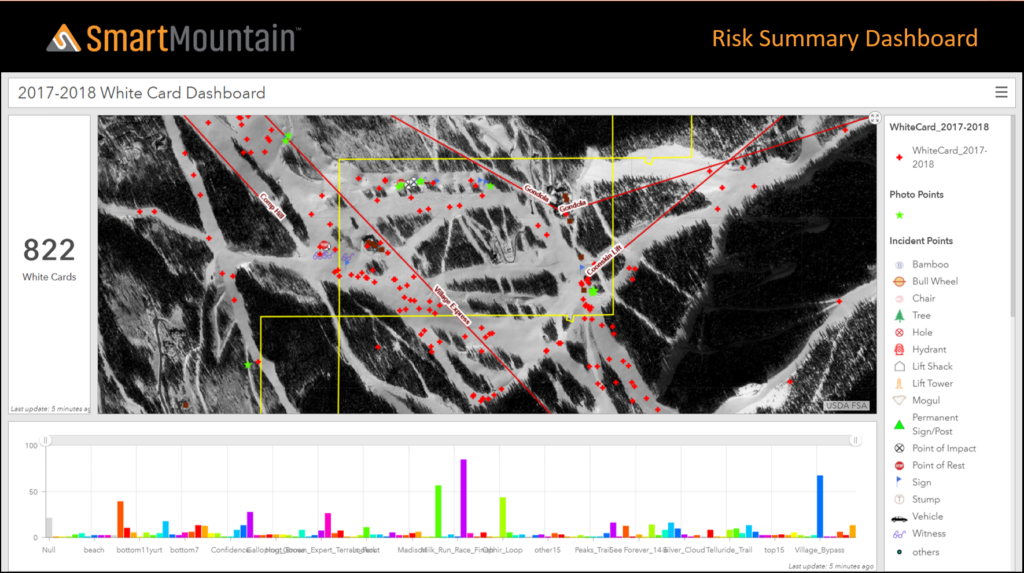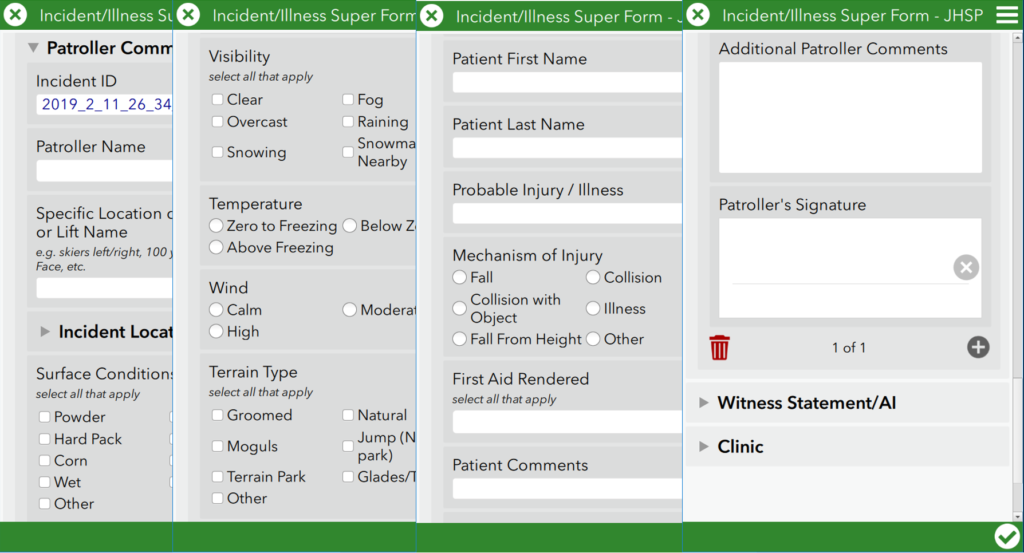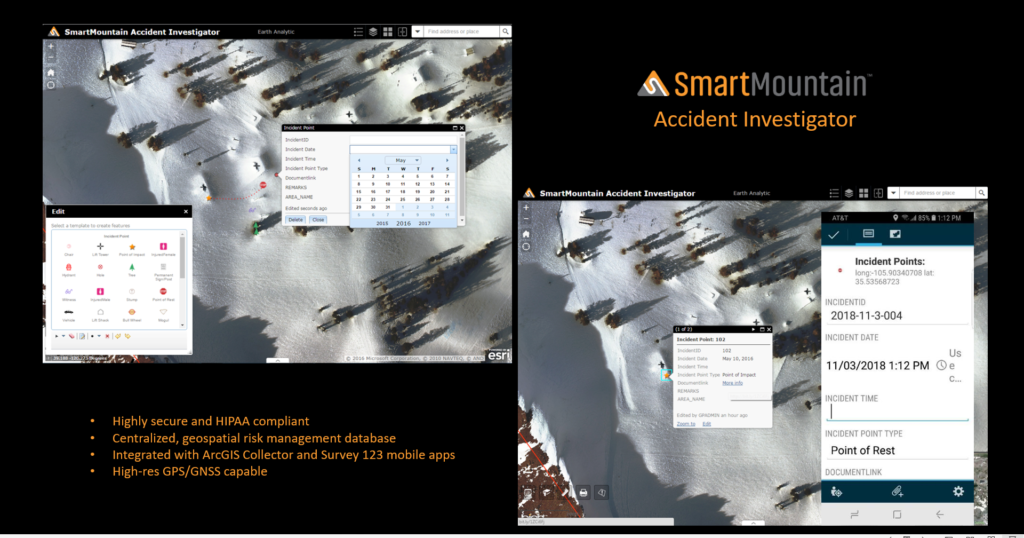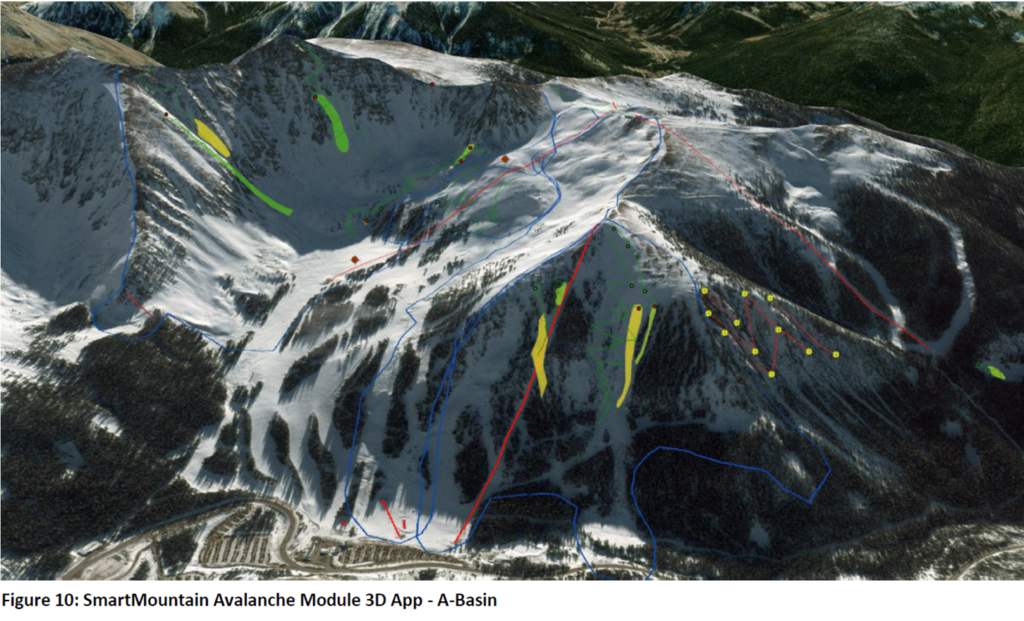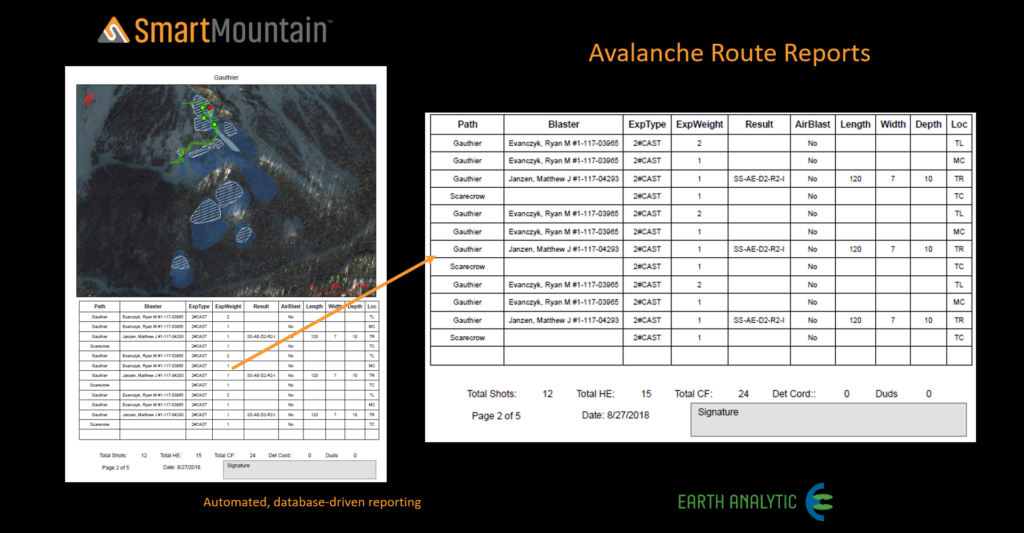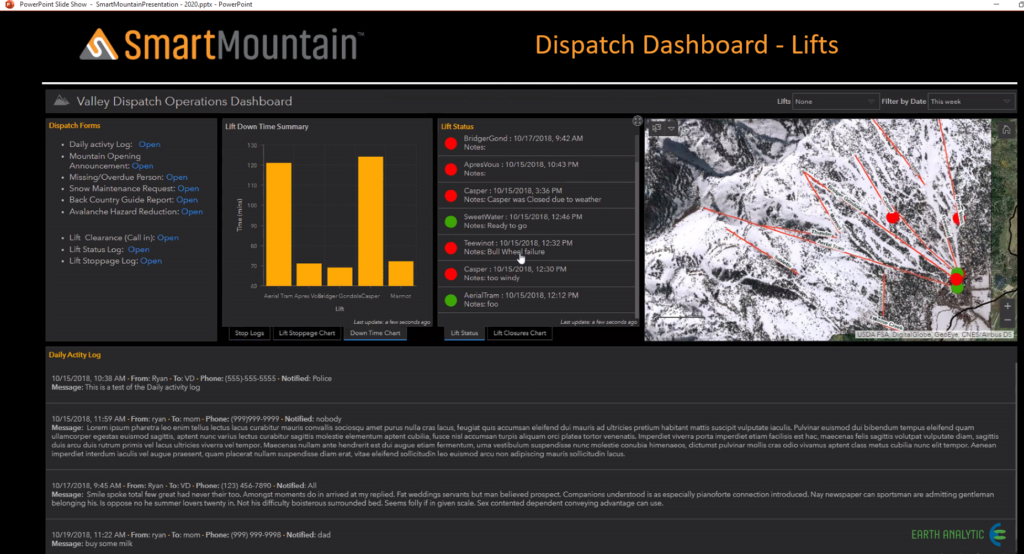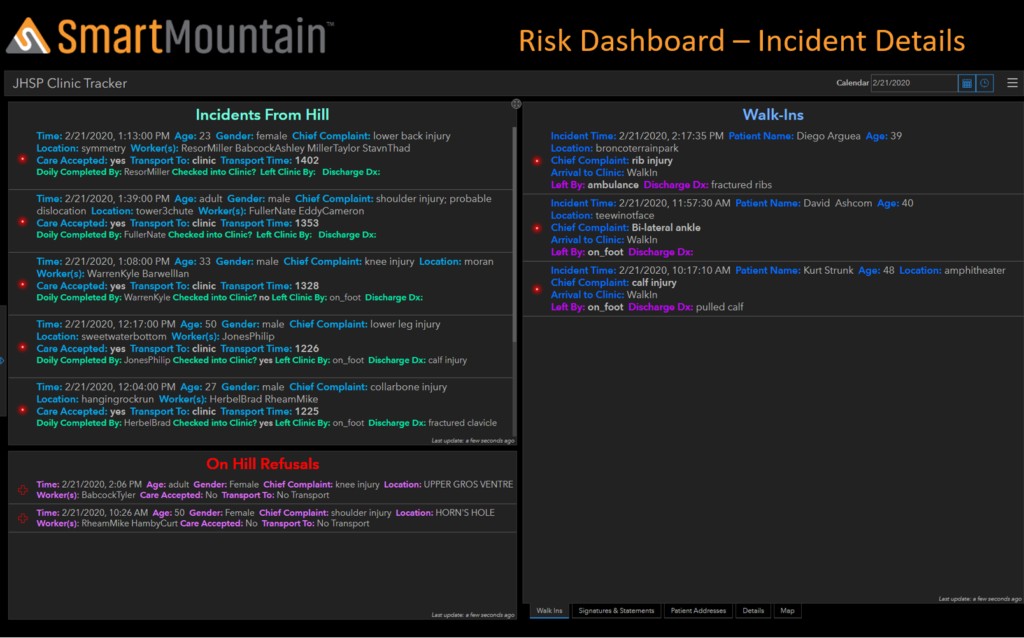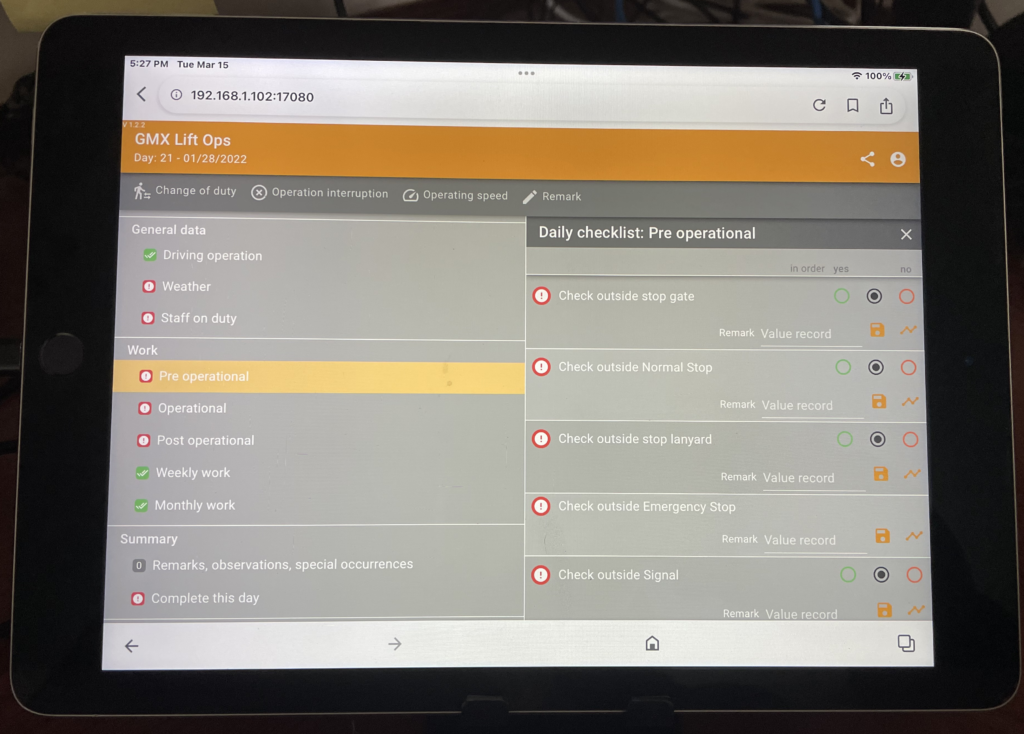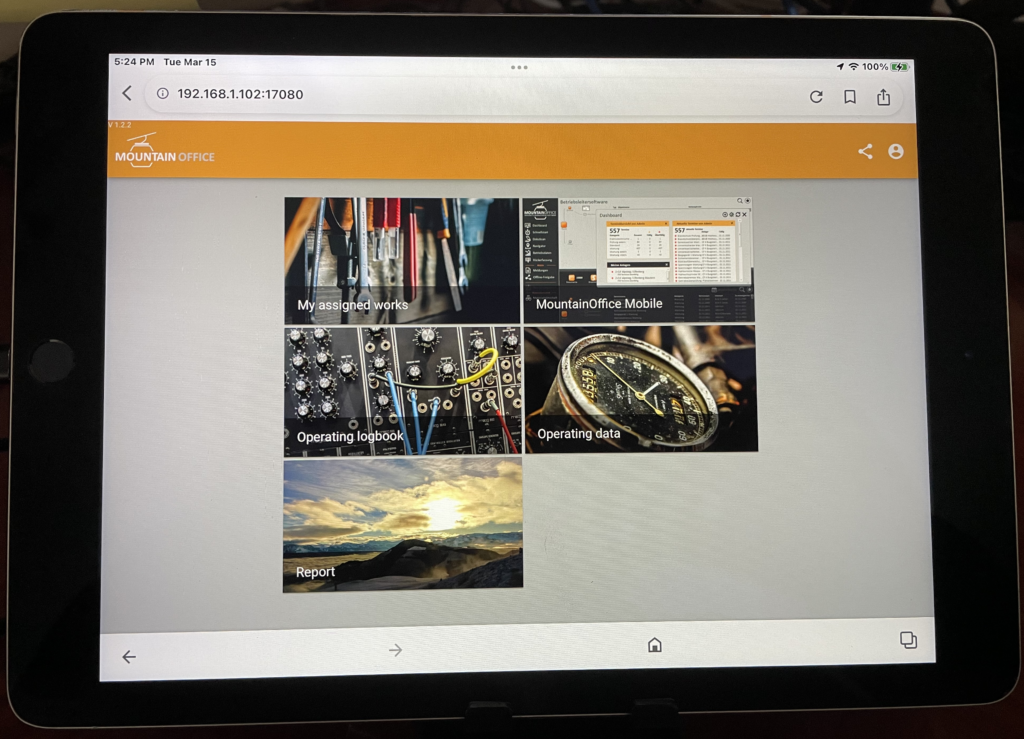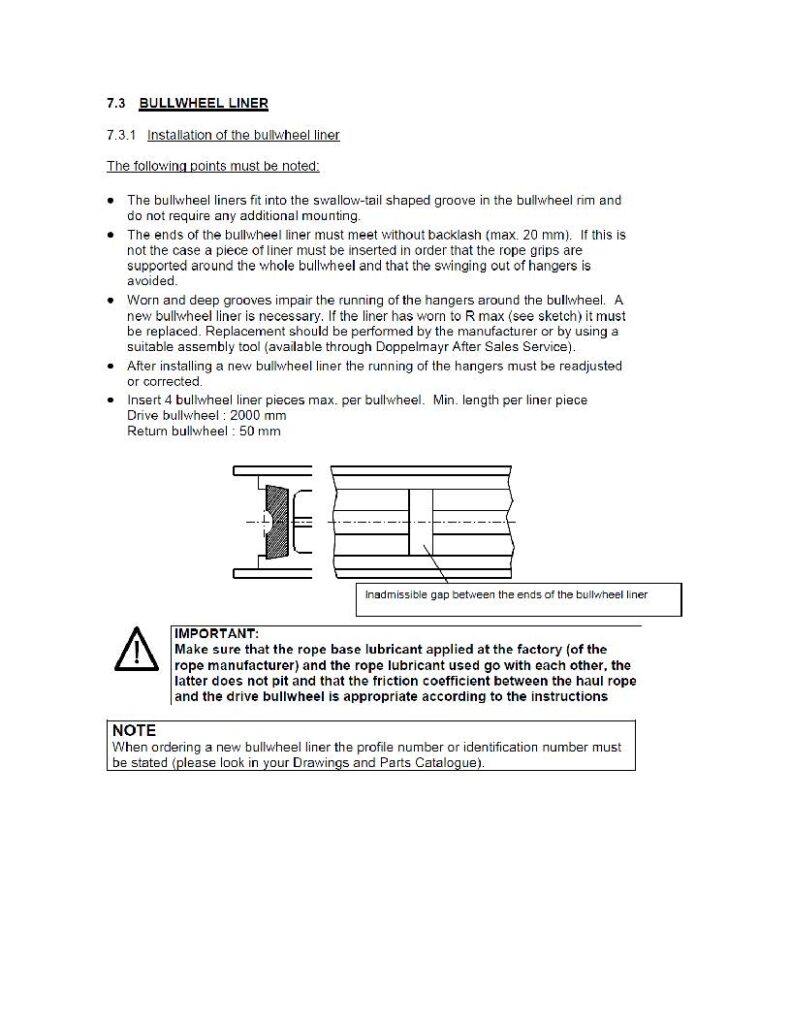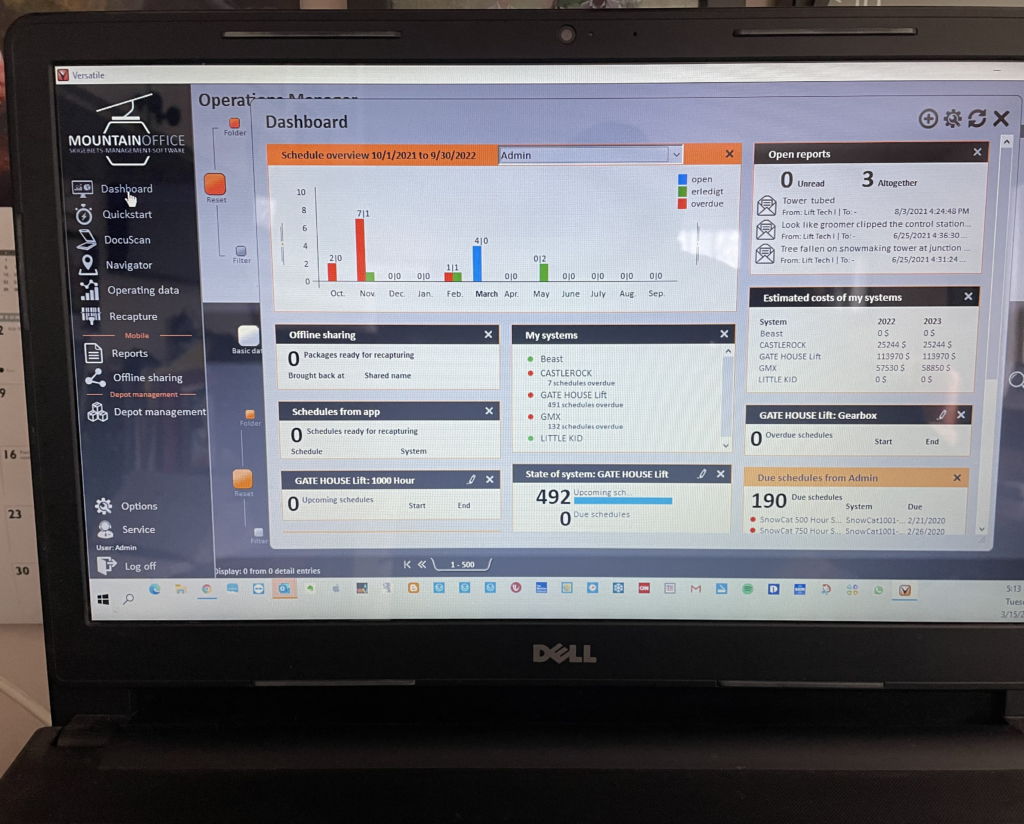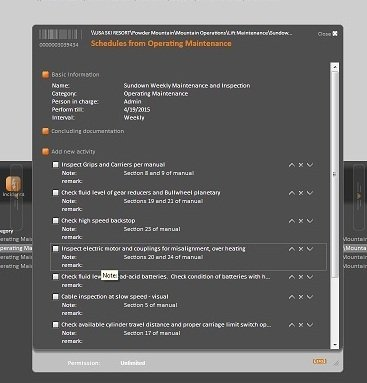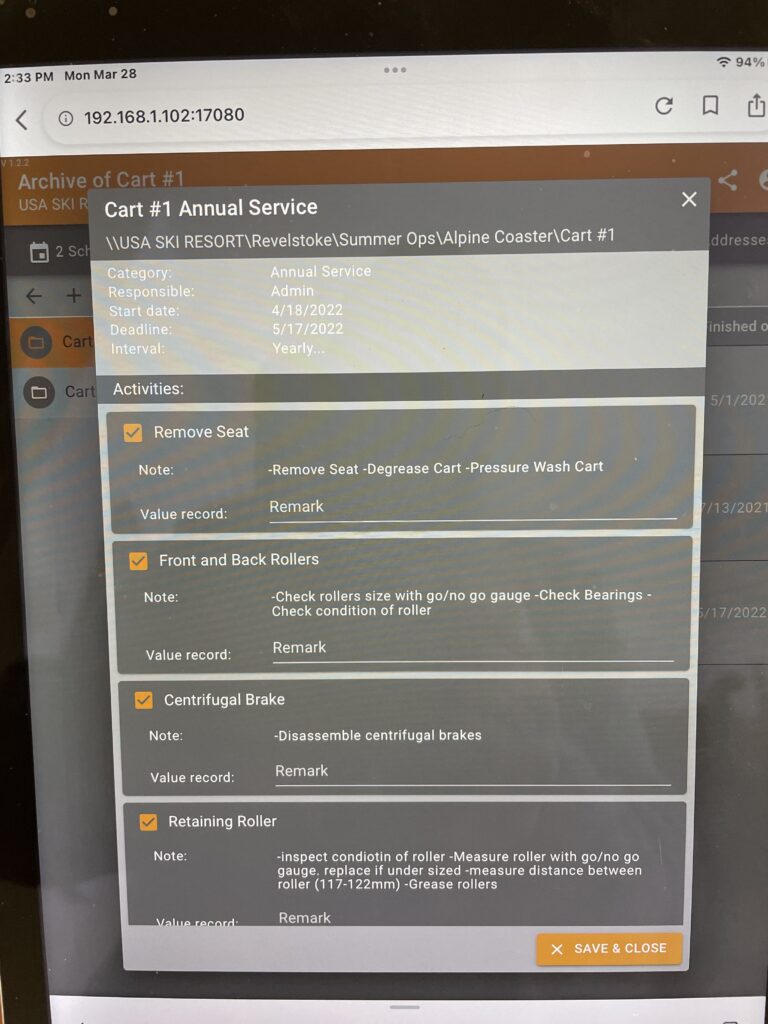Utilizing new tools for predictive maintenance

- Vibration Analysis – vibration sensors, permanent or handheld;
- Infrared (IR) – IR cameras to detect high temperatures
- of utilized motors;
- Nondestructive Testing (NDT) – ultrasound used to detect cracks in welds, corrosion of pipes, or the thickness of metals;
- Ultrasound – used to detect leaks of gases or a vacuum;
- Oil Analysis – measure particles/sampling;
- Electrical – motor current analysis;
- Operational Performance – sensors throughout a system to measure performance
Acoustic lubrication is the use of a high-frequency receiver or translator to detect sound that may relate to the condition of a motor bearing prior to lubricating the motor bearing. ‘
Here is a link to more information about this concept, Acoustic Bearing Lubrication. There could be many applications for a ski lift where bearings are a significant player in the well being of the ski lift operation.
The important point made here is how to reduce the cost and increases the use of the ski lift. This simple graphic does a good job in conveying the message of early detection.
Time and cost are the important components of the equation. Time is limited as we are not staffing due to lack of staff availability and cost is not only the cost to repair but the possible lost operating time. Lost operating time is often not calculated, but it does have an impact on customer perception and their experience, which is priceless as they say.

It seems these added tools can improve our diagnostics and productivity.
